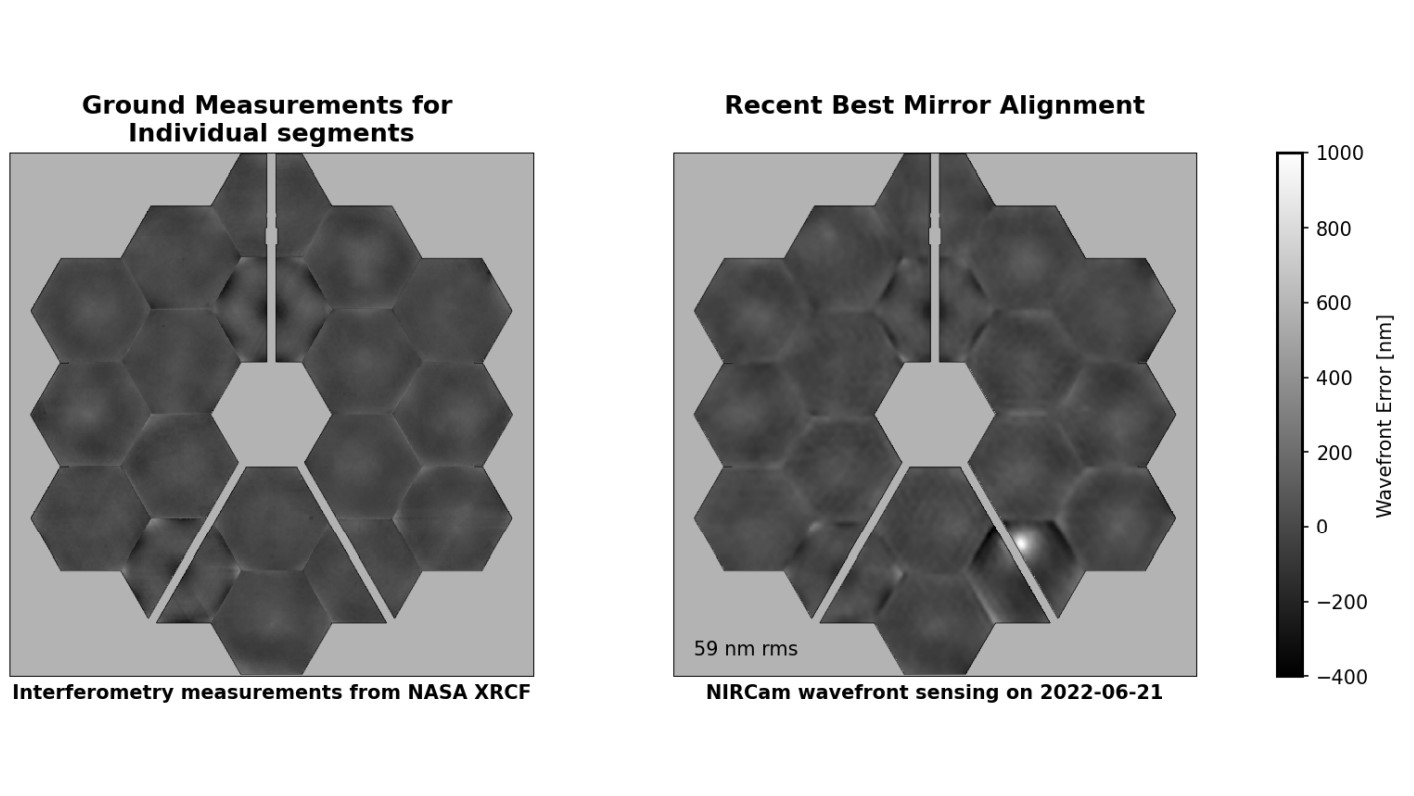


The gold is what allows JWST to see in the infrared - a type of light that is associated with some of the most distant galaxies and stars in the cosmos. One key feature of the mirror is that it is coated in a layer of gold about 200 times thinner than the average human hair. “they act as though they were a single mirror” And of course, in this case, the stuff is photons light from the distant Universe.” “The bigger the mirror, or the bigger the bucket, the more stuff you collect. “You can sort of think of a telescope mirror like a light bucket,” Amber Straughn, the deputy project scientist for JWST at NASA’s Goddard Space Flight Center, tells The Verge. Thanks to its larger mirror, JWST will be between 10 and 100 times more sensitive than Hubble, allowing it to spot very faint objects in the sky.

For comparison, Hubble’s mirror is just under 8 feet, or 2.4 meters, across, and it’s been responsible for imaging some of the most iconic objects we’ve ever seen in the Universe. The telescope sports a light-collecting mirror that’s more than 21 feet, or 6.5 meters, wide. The first thing to know about JWST is it’s massive. Read on to learn more about one of NASA’s most important launches of the decade. But if everything goes right, the world’s astronomers will have an unbelievably powerful tool at their disposal for the next five to 10 years. It’s an extremely complicated launch and mission, with many opportunities for things to go wrong along the way. And this reverse origami must go exactly right for the telescope to function properly.Īll the while, JWST will be traveling to an extra cold spot located 1 million miles from Earth, where the spacecraft will live out its life, collecting as much infrared light as it can. Once in space, it will undergo a complex unfurling process that will take up to two weeks to complete. Because JWST is so massive, it must fly to space folded up. But once the telescope is in space, there’s still a long way to go. Now, the telescope is finally set to launch on top of a European Ariane 5 rocket out of Europe’s primary launch site in Kourou, French Guiana in South America, on Saturday, December 25th. NASA has worked for nearly three decades to craft this telescope and get it to the launchpad. It will unravel the mysteries of supermassive black holes, distant alien worlds, stellar explosions, dark matter, and more


 0 kommentar(er)
0 kommentar(er)
